Cavi
Active member
o my M20 came with 2 piston calipers and I want to go to 4 piston calipers. I want to run the XT but that means replacing the housing. Does anyone know if there are guide tubes in the frame or is the shop going to go crazy?
Key? Am I missing something, I do not recall getting a key with my orbea rise???
you need this onethat is what I am doing, I am going deore 4 piston in the back and xt up front. Will probably do the 203 disc after, need to see what adaper I need and order it
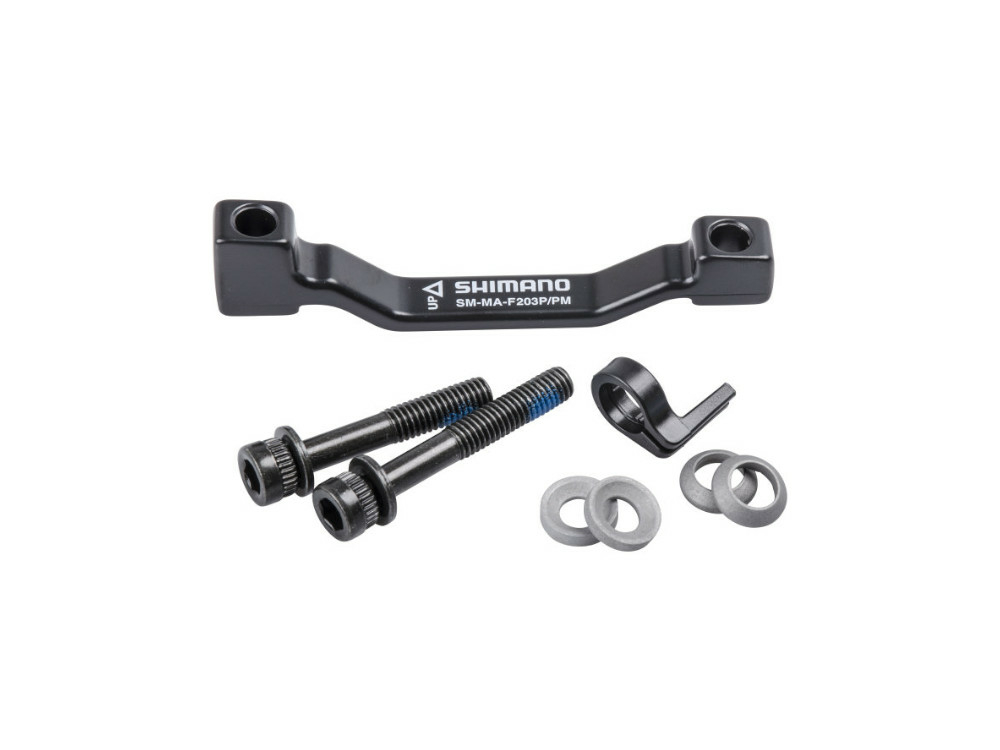
No need.Drop the motor and battery.
No need.
I´ve swapped the M20 brakes on 2 bikes for 4pot SLX and only needed the parktool guide. I only take out the motor and battery to fit the neoprene protection sleeve because the Rise didn´t come with one inside and the rattle is annoying.
yep, same with minei cannot move my rear brake hose without removing the battery. Hose was pushed hard against the frame by the battery.




You can use the same hose but replace the caliper and lever. If you want to swap to say something like maguras you have to replace the hose. This isn't that difficult but you have to remove the battery and rear wheel for better access.o my M20 came with 2 piston calipers and I want to go to 4 piston calipers. I want to run the XT but that means replacing the housing. Does anyone know if there are guide tubes in the frame or is the shop going to go crazy?
o my M20 came with 2 piston calipers and I want to go to 4 piston calipers. I want to run the XT but that means replacing the housing. Does anyone know if there are guide tubes in the frame or is the shop going to go crazy?
@2WheelsNot4 , I paid a bit less than 100 Euros in France for a complete brake set swap from Guide to MT7Anyone got a ball park figure of what an LBS might charge to swap out the brakes for a different set. ? Just roughly.
See I dont fance doing it myself, as with age comes great laziness.
To save all this hassle, you can just switch the two pot callipers to the m520 4 pot callipers, then you don’t have to switch any hoses or levers.
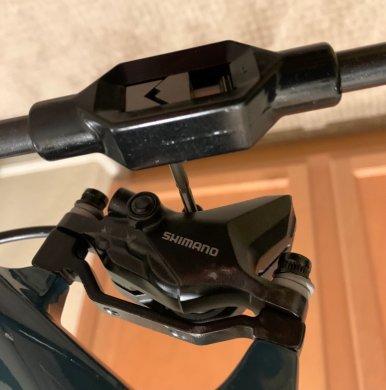
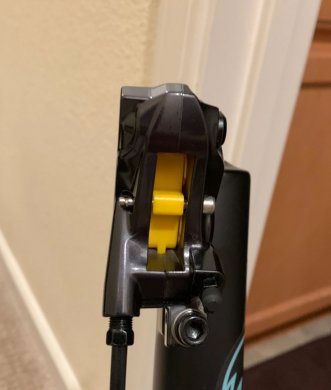
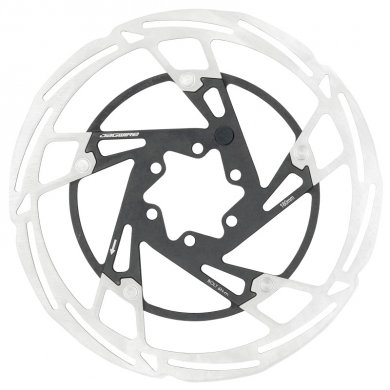
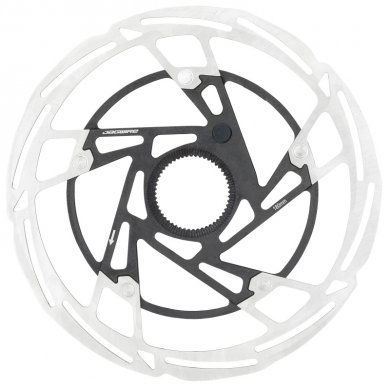
Why did you went back? i was also thinking to put hopes on.I put hope brakes on my rise for a bit, used a screw to join the existing shimano brake hose to the hope one and pulled it through the frame and swinger no probs. Didn't have to touch the motor.
Went back to shimano's a couple of weeks later using the same method, no probs again.
The hopes felt underpowered, wasn't a problem on the analogue bike but didn't feel as good at slowing down the extra weight of the ebike. Had a hairy, slightly out of control descent and swapped them back out immediately. Might have got round it with bleeding, different fluid, different pads, bigger discs but I wanted some instant grabbyness so put the shimanos back on and a 223 disc up front, probably need to get a 200 for the rear.Why did you went back? i was also thinking to put hopes on.
The hopes felt underpowered, wasn't a problem on the analogue bike but didn't feel as good at slowing down the extra weight of the ebike. Had a hairy, slightly out of control descent and swapped them back out immediately. Might have got round it with bleeding, different fluid, different pads, bigger discs but I wanted some instant grabbyness so put the shimanos back on and a 223 disc up front, probably need to get a 200 for the rear.
Rode a friends Levo SL with Magura MT7s - very very grabby coming from hopes, more powerful than Shimano's if that's what you're looking for.
I used to love the feel of Hopes but got used to the XTs pretty quickly.
The World's largest electric mountain bike community.